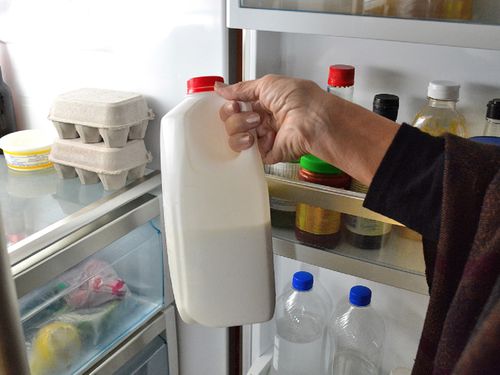Power outages have become an unwelcome but common part of Australian summers, but how do you know if your food is safe when the refrigerator goes off?
The choice between throwing out what’s in the fridge and keeping it when household power goes down is a tricky one.
Experts in food safety advise discarding foods that have been stored at more than five degrees for more than four hours.

Food Safety Information Council chief executive Lydia Buchtmann says people who experience outage should be wary of keeping potentially hazardous foods, such as meat, poultry, seafood and ready-to-eat perishable meals.
“They should be placed in alternative cold storage, for example, coolers or eskies with ice or ice bricks,” she said.
Any food stored between five degrees and 60 degrees for less than two hours should be immediately refrigerated or consumed.
Dips, pate and ham are most at risk of early contamination, but salted butter, margarine and hard cheeses will remain safe at room temperature.
A sudden or unplanned power cut, such as during stormy weather, will not allow much time to safely store your food, but there are a few steps you can take.
One is limiting the opening of fridge doors to help its contents stay cooler for longer.
If your freezer is efficient with a well sealed door, it can keep foods frozen for between one and two and a half days during an outage.
Friends or neighbours may be able to provide alternative storage.
Young children, the elderly and people with existing medical conditions are most at risk of food contamination.
If you are unsure about the time that has passed or the temperature your food has been stored at then throwing the food out is the safest option.
